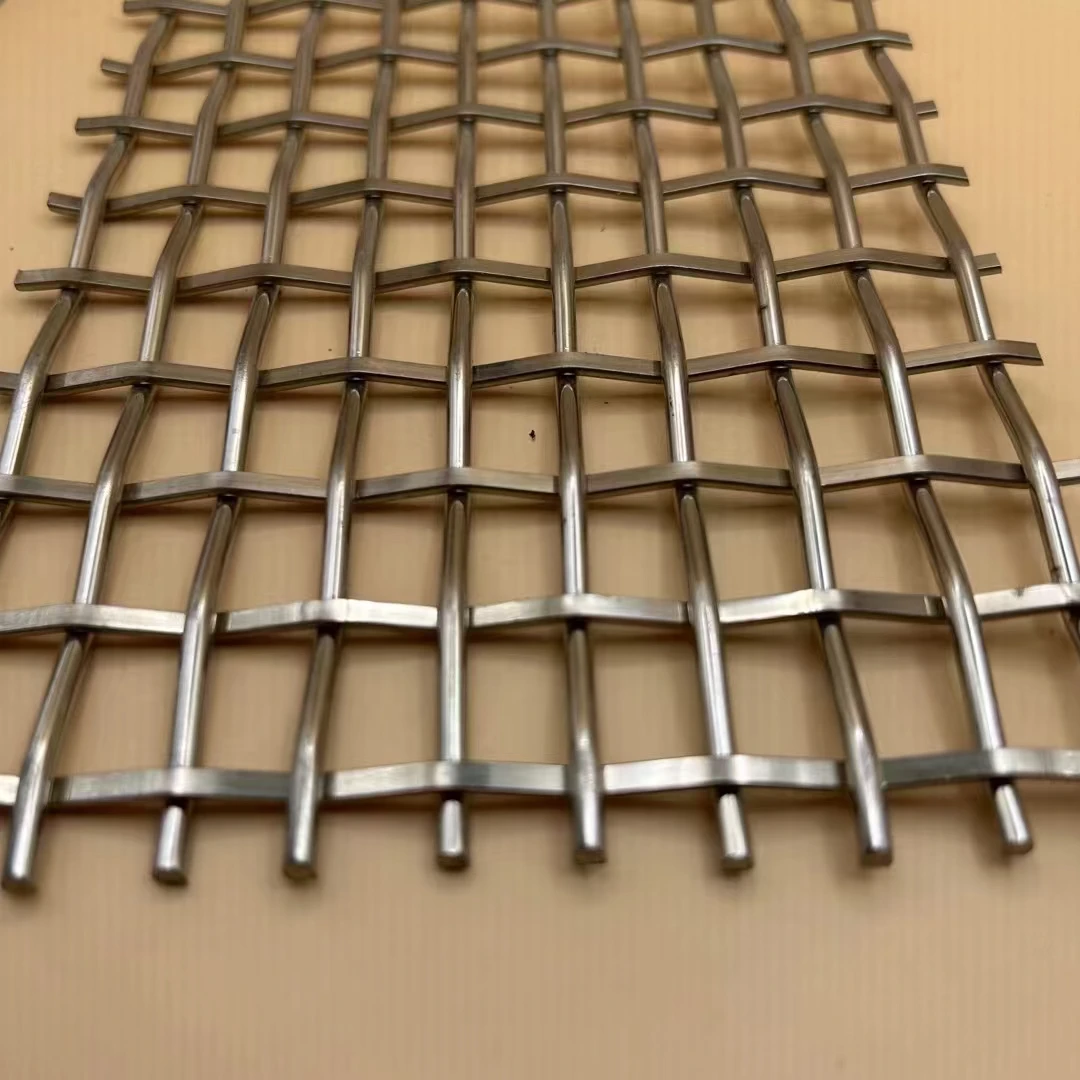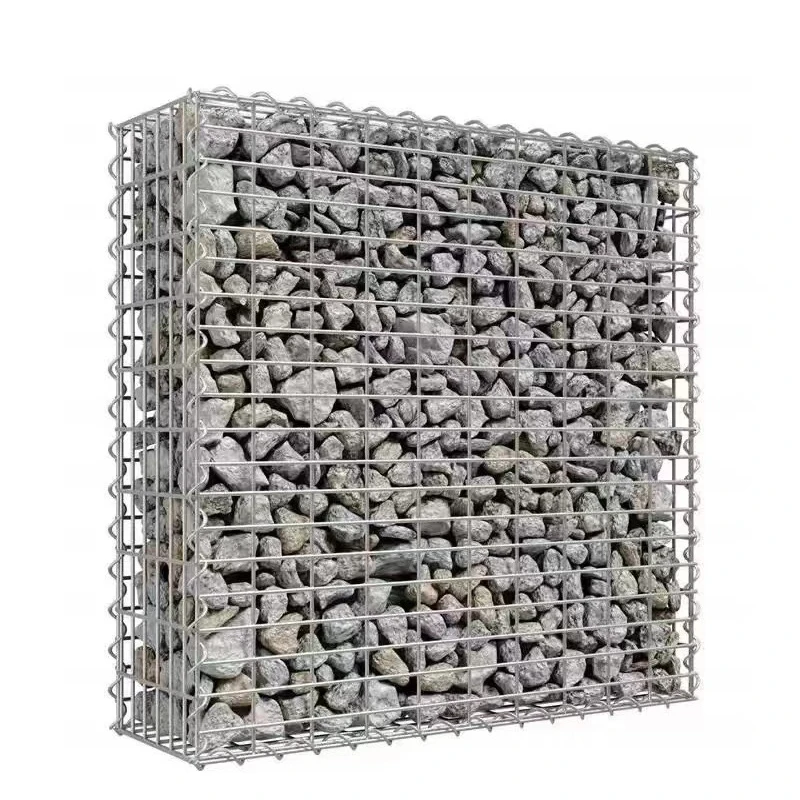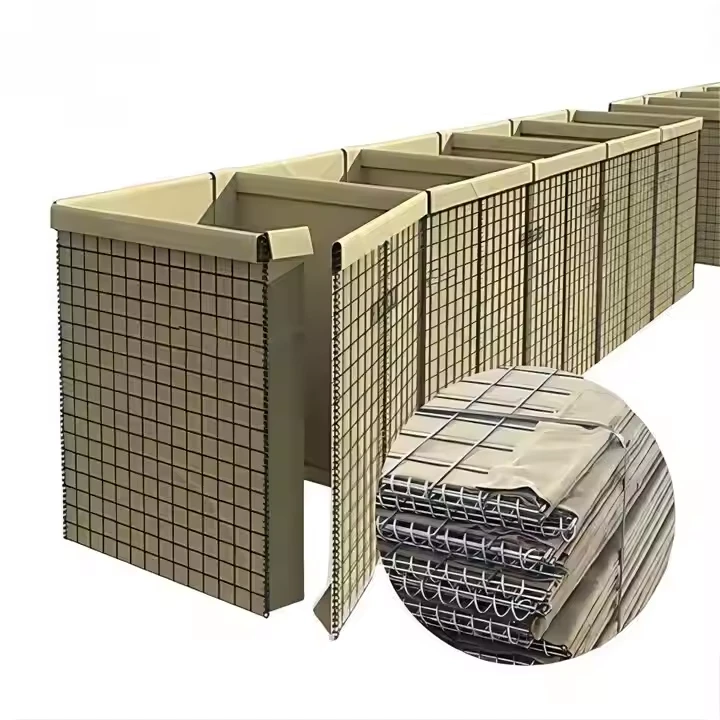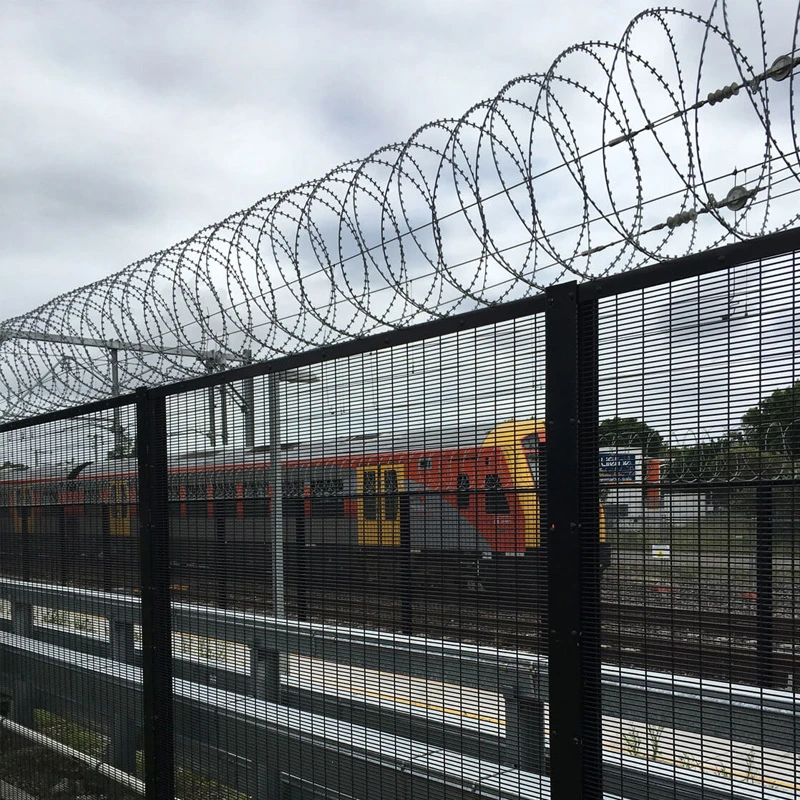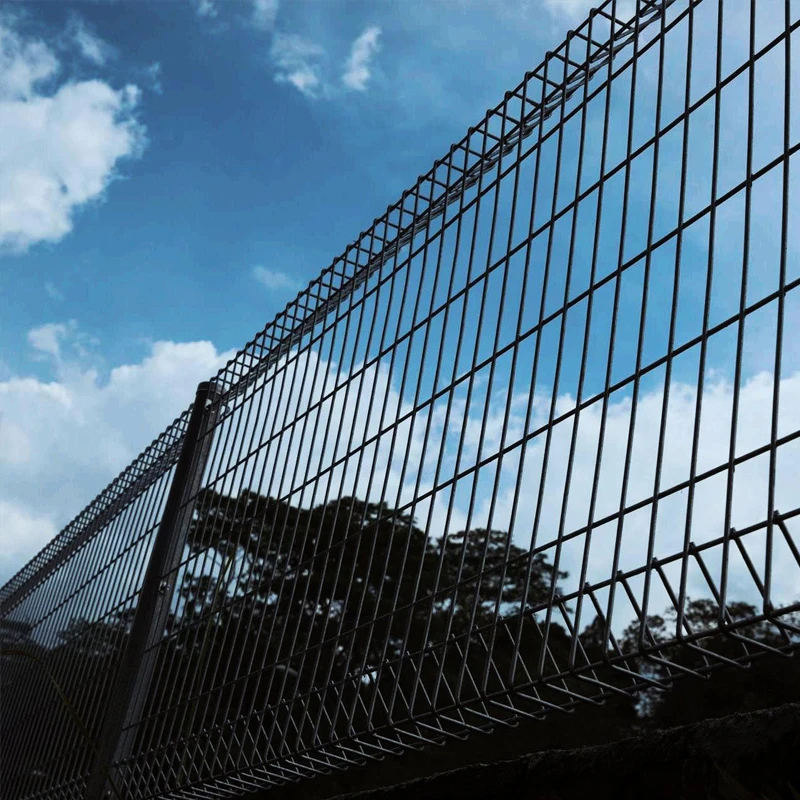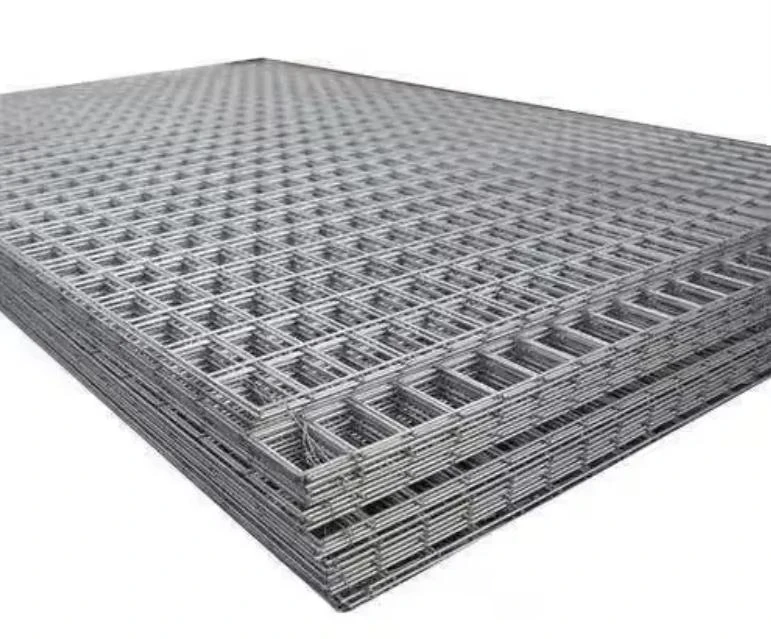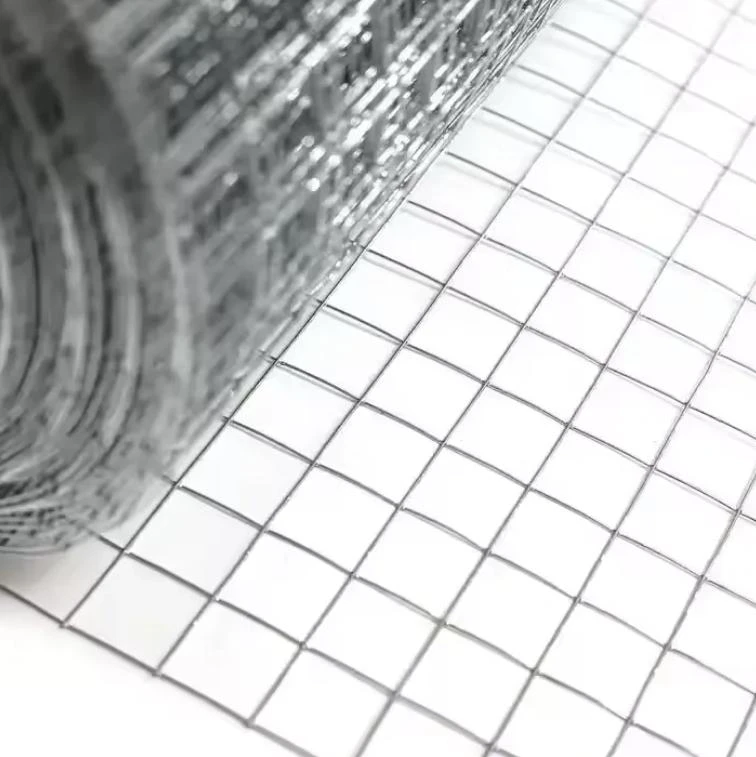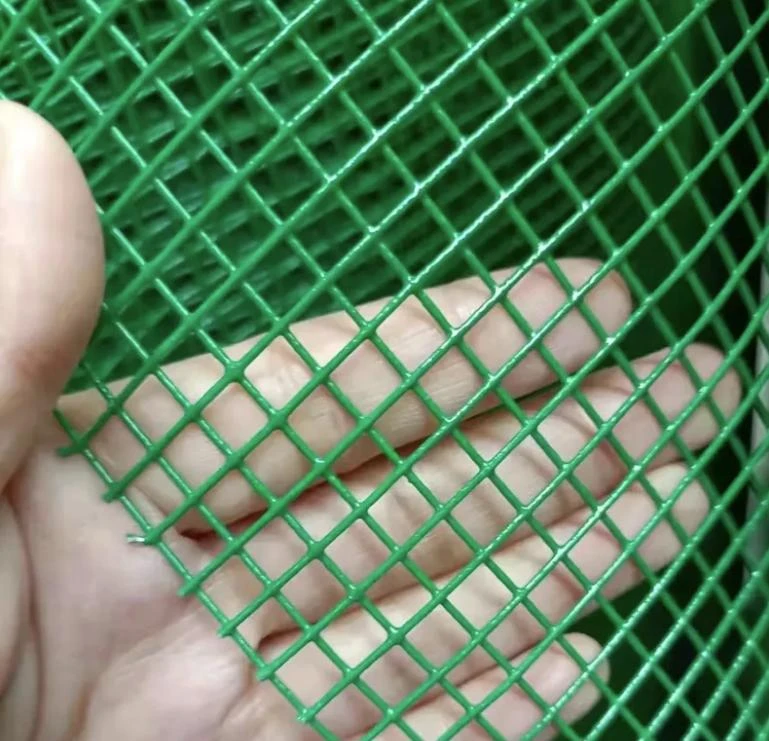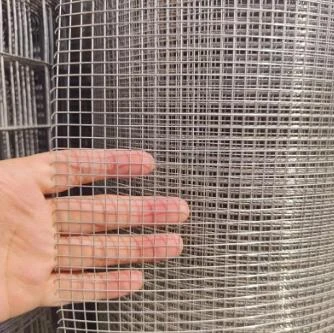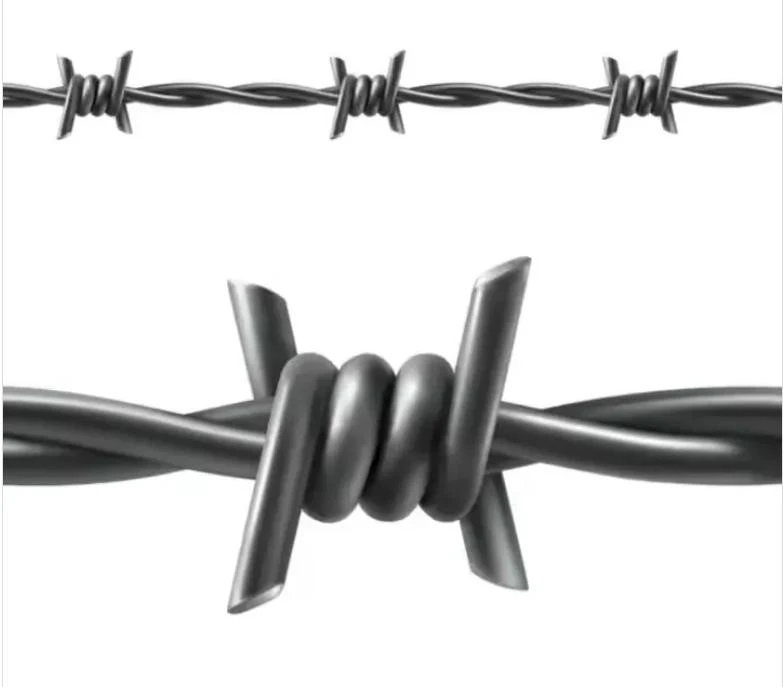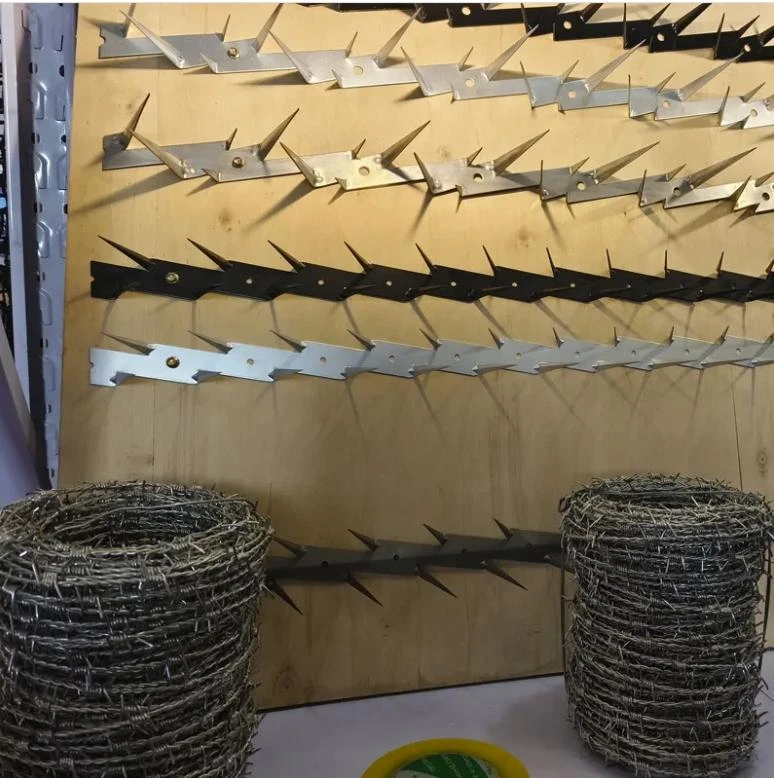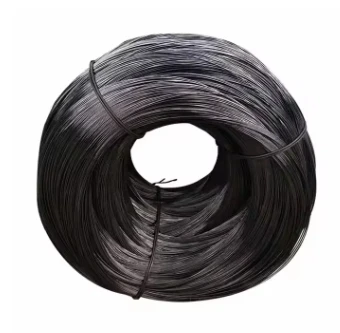ヘスコバリア
防爆ケージは、防爆壁、防爆ネットとも呼ばれ、ヘスコバリア、ヘスコ要塞とも呼ばれ、現代の戦争や洪水対策における重要な防御形式です。実際の使用では、メッシュケージに石、砂、土を詰めて、しっかりとした金網の防護壁を形成します。推奨される設置、折りたたみ式、簡単な操作のため、現代の戦争に応用されています。
|
メッシュワイヤー径
|
3mm、4mm、5mm、6mmなど
|
|
スプリング線径
|
3mm、4mm、5mm、6mmなど
|
|
メッシュサイズ
|
50*50mm、50*100mm、37.5*100mm、60*60mm、65*65mm、70*70mm、76*76mm、80*80mmまたは
ご要望に応じて。
|
|
パネルサイズ
|
0.61*0.61m、1*1m、1.2*1.2m、1.5*1.5m、1.5*2m、2*2m、2.21*2.13mまたはご要望に応じて。
|
|
仕上げる
|
溶接後電気亜鉛メッキ
溶融亜鉛メッキ溶接
溶接後にガルファンコーティング
|
|
ジオテキスタイル
|
耐久性の高い不織布ポリプロピレン
|
|
パッキング
|
シュリンクフィルムで包装またはパレットに梱包
|
防御バリア/防御バリアは、防衛や洪水対策に使用される現代的なタイプの蛇籠です。折りたたみ可能な金網コンテナと頑丈な布張りの裏地で作られており、単一のユニットとして、または複数のユニットを接続して使用できます。
パッケージの詳細
シュリンクフィルムで包装、またはパレットに梱包します。パレットには5~10個入ります。
応用
1)境界セキュリティと防御壁
2) 既存の構造物の保護
3) 爆発物および禁制品の捜索区域
4) 海岸地域の保護技術
5)防御射撃位置
6)洪水調節擁壁
軍事用途から建設現場、緊急対応シナリオまで、さまざまな用途に優れた保護と強化を提供するよう専門的に設計された、当社のプレミアム Hesco バリアをご紹介します。当社のバリアは、最も厳しい環境でも長期的なパフォーマンスと信頼性を保証する、高品質で耐久性のある素材を使用して構築されています。各 Hesco バリアは、優れた強度と安定性を実現する不織布ジオテキスタイル生地で満たされた頑丈な溶接金網構造を特徴としています。
当社のバリアは独自の設計により簡単に設置でき、時間が重要となる重要な状況でも迅速に設置できます。当社の Hesco バリアは多用途であるため、洪水対策、危険物質の封じ込め、および機密エリアの周囲を安全に保護するのに最適です。また、悪天候にも耐えられるため、嵐、洪水、強風の中でも要塞が無傷のまま保たれます。各バリアは衝撃を効果的に吸収するように設計されており、軍事作戦や土木プロジェクトの両方で信頼できる選択肢となります。
安全性を重視した当社の Hesco バリアは、厳格な業界基準を満たすように設計されており、最大限の保護を確保することでユーザーに安心感を提供します。モジュール性と適応性を重視した革新的な設計の当社のバリアは、必要に応じて簡単に連結してより大きな構成にできるため、建設チームや緊急時対応チームにとって不可欠なツールとなっています。比類のない保護と安心感を得るために、当社の Hesco バリアの品質と耐久性に投資してください。建設現場の安全確保、自然災害への備え、安全な軍事基地の設置など、必要な信頼性の高いパフォーマンスを提供する当社の Hesco バリアを信頼してください。業界をリードする当社の Hesco バリアを今すぐ選択して、自信を持って防御を強化してください。
Defensive Barrier Specifications: Mesh Sizes, Panel Dimensions & Coatings
At the core of effective defensive barriers lies precision in design—and Hesco barriers excel here, with specifications engineered for reliability in military, flood control, and industrial security. As a leading provider, JINJIU ensures every detail of these defence barrier systems—from mesh weave to coating thickness—aligns with high-stakes operational demands.
Mesh sizes are critical for structural integrity. Hesco barriers feature double-twisted hexagonal mesh, with standard openings ranging from 2.5×5cm to 5×10cm. The 2.5×5cm mesh, ideal for military defence barrier setups, prevents fine aggregate (like sand or gravel) from escaping when filled, ensuring the barrier retains shape under impact. For flood control or perimeter security, 5×10cm mesh balances strength with drainage, allowing water to pass while trapping larger fill materials (rock, concrete blocks) to reinforce the structure. All meshes use high-tensile steel wire (2.5-4.0mm diameter), resistant to cutting or deformation.
Panel dimensions cater to rapid deployment and scalability. Standard panels come in lengths of 1m, 3m, and 6m, with heights ranging from 0.5m to 3m—flexible enough for everything from temporary roadblocks to permanent border fortifications. The 3m×1m panel is a workhorse: lightweight (15-20kg) for quick manual installation, yet robust enough to form a 1m-high defensive barrier when filled. For larger projects, 6m×2m panels reduce assembly time, as fewer units cover more ground, while 0.5m-high variants suit low-profile security zones like industrial yards.
Coatings enhance durability across environments. Galvanized coatings (80-120g/m² zinc) are standard, protecting against rust in humid or coastal areas—vital for defensive barriers deployed long-term. For extreme conditions (chemical exposure, saltwater), PVC coatings (0.2-0.5mm thick) add a secondary layer, extending service life to 15+ years. These coatings adhere seamlessly to the mesh, ensuring no weak points where corrosion could start.
JINJIU’s Hesco barriers marry these specifications to purpose: tight 2.5×5cm mesh for military defence barrier resilience, 6m panels for rapid flood response, and dual coatings for all-weather reliability. Each component works in tandem, proving that in defensive barriers, precision isn’t just a detail—it’s the foundation of security.
The Science of Strength: What Makes Defensive Barriers Withstand Impact
Behind every defensive barrier that repels collisions, blasts, or forced entry lies a deliberate blend of material science and structural engineering. JINJIU’s defence barrier systems are engineered to turn impact energy into manageable force, ensuring they stand firm in military operations, riot control, and critical infrastructure protection.
Material selection is the first line of defense. High-tensile steel—with a minimum yield strength of 350MPa—forms the core of these defensive barriers. This steel undergoes cold working, aligning its molecular structure to resist deformation; even under 10,000N of force (equivalent to a 2-ton vehicle impact at 10km/h), the metal bends minimally before returning to shape. For coastal or corrosive environments, galvanized coatings (120g/m² zinc) add a protective layer, ensuring strength isn’t compromised by rust over time.
Structural design amplifies impact resistance. Modular panels with interlocking joints distribute force evenly across the defence barrier system, preventing localized failure. For example, 3m-wide panels connect via steel pins that absorb 30% of impact energy through controlled flexing, while reinforced edges (6mm steel plating) resist puncturing. When filled with aggregate (rock, concrete), the barrier’s mass acts as a kinetic buffer—slowing intruders or debris by converting motion into friction between fill materials.
Testing validates real-world performance. JINJIU’s defensive barriers undergo rigorous trials: 50km/h vehicle impact tests (mimicking ramming attempts), blast simulation (up to 5kg TNT equivalent), and cyclic load testing (10,000+ repetitions of 5kN force). These tests ensure the barrier retains 90% structural integrity post-impact, a critical metric for military defence barrier applications where failure isn’t an option.
Whether stopping a speeding vehicle at a checkpoint or shielding a facility from debris during a storm, the science is clear: strength comes from intentional design. JINJIU’s defensive barriers don’t just resist impact—they outsmart it, turning force into a testament to engineering excellence.




















